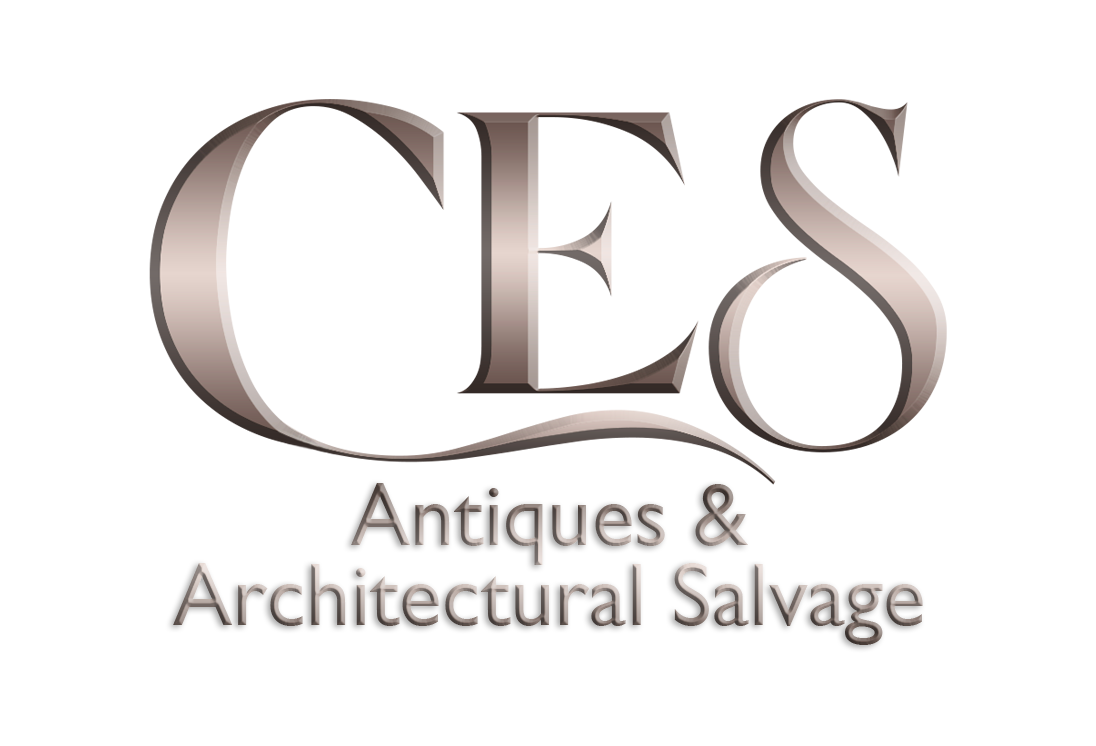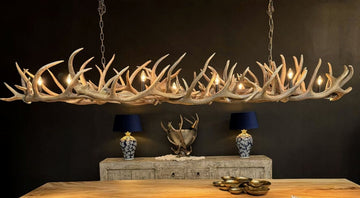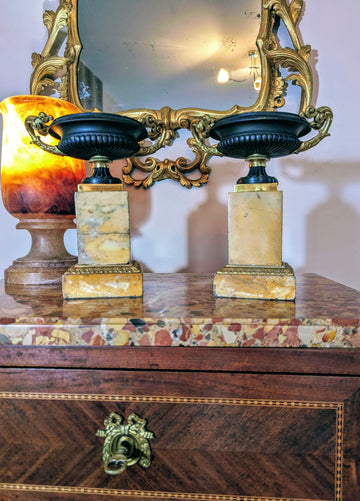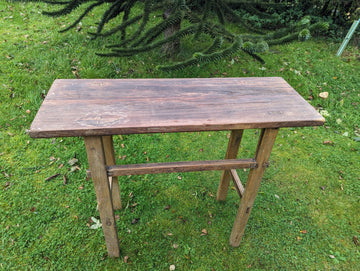A Beginner’s Guide to Investing in Antique Silver: Identifying Value, Understanding Hallmarks & Starting a Collection by CES Home & Garden Limited.
Investing in antique silver is a fascinating journey that combines history, artistry, and financial opportunity. Whether you are drawn to the beauty of handcrafted silverware, the legacy of historical makers, or the tangible nature of precious metals, silver offers a unique investment avenue. Unlike stocks or digital assets, antique silver provides a physical, finite resource with both aesthetic and intrinsic value. However, navigating the market requires knowledge and careful consideration to ensure that your collection grows in both significance and worth over time.
The first step in building a valuable antique silver collection is learning how to identify pieces that hold both historical and financial appeal. Not all silver is created equal, and understanding what makes one piece more desirable than another is key to making smart investment decisions. Age, condition, craftsmanship, and provenance all play a role in determining a piece’s worth. Generally, older silver, especially from reputable makers or historical periods of fine craftsmanship, tends to be more valuable. Georgian and Victorian-era silver, for example, is highly sought after, as are pieces from renowned silversmiths such as Paul Storr and Hester Bateman.
Condition is another crucial factor. While minor signs of age can add character, significant damage such as deep dents, missing parts, or excessive wear can drastically reduce a piece’s value. Polishing can also impact desirability, while well-maintained silver should have a natural patina, over-polishing can erase intricate details and diminish the antique appeal.

A fundamental skill in antique silver collecting is understanding hallmarks. These tiny imprints, often located on the base or handle of silver objects, serve as the fingerprints of the piece, revealing its origins, age, and purity. Hallmarks typically include symbols denoting the country of origin, the maker’s mark, the purity of the silver, and a date letter indicating the year it was assayed. In the UK, sterling silver (92.5% pure silver) is marked with a lion passant, while in France, silver pieces are often stamped with a Minerva head. American silver manufacturers may use numerical marks such as “925” to indicate sterling quality. Learning to decode these hallmarks can make the difference between acquiring a rare, valuable piece and overpaying for an item of lesser significance.
Once you have a basic understanding of silver identification and hallmarks, the next step is finding trustworthy sources for acquiring pieces. Established antique dealers, reputable auction houses, and specialist silver fairs are ideal places to begin your search. Online marketplaces can also be valuable, but caution is necessary - always verify hallmarks and ask for detailed images and provenance before making a purchase. Estate sales and flea markets can sometimes yield unexpected treasures at lower prices, but knowledge and experience are essential to avoid counterfeit or misrepresented items.
Starting a collection requires a clear strategy. Some collectors focus on a specific era, such as Art Deco silver, while others collect certain types of objects, such as tea sets, flatware, or decorative items. Investing in antique silver can be as much about personal taste as it is about financial gain, so selecting pieces that appeal to you personally ensures lasting enjoyment. Diversification is also important, collecting a mix of larger statement pieces and smaller, more accessible items can help balance both aesthetic and investment potential.
Proper care and storage are crucial to maintaining the value of your silver collection. Silver tarnishes naturally when exposed to air, so storing pieces in anti-tarnish cloths or display cases can help slow this process. Regular, gentle cleaning with a soft cloth and non-abrasive silver polish can keep items in pristine condition without damaging the surface. Avoid using harsh chemical dips, as these can strip away the patina that enhances an antique piece’s character.



